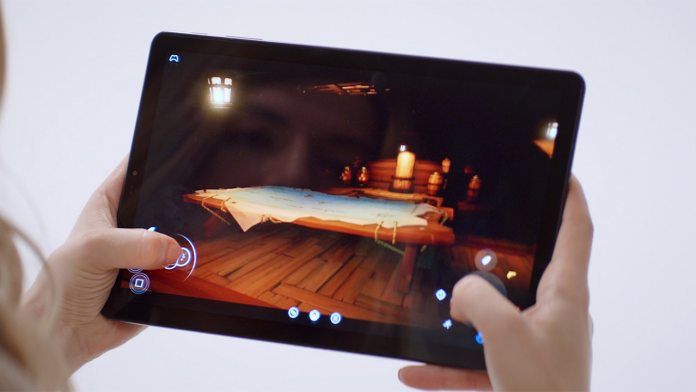In his effort to relate to journalists, Microsoft CEO Satya Nadella admitted an internal nickname for the project. “We describe it as, shorthand, ‘Netflix for games,’” Nadella admitted on Monday at a press meeting at Microsoft’s headquarters. The phrase invokes the idea of a simple solution. You open an app or web browser, click on a game, and jump straight in. Just like Netflix, no specialized hardware is required – every modern PC is on a level playing field.
The Latency Conundrum
Of course, the reality is a little more complex. Though hardware will cease being an issue, the speed of a user’s connection will still have an impact. Unlike a film, you can’t simply wait for a game to buffer. Visual fidelity is also far more important, with gamers used 1080p resolutions and, critically, low input latency. It’s that last factor that so many companies have struggled with. Previous streaming services like OnLive (now owned by Sony) weren’t quite stable enough for many users. Microsoft promises its sevice will be different, its worldwide cloud infrastructure propping it up. “We have as much a shot to build a subscription service as anybody else,” said Nadella. In fact, Microsoft is in a very unique position to make game streaming work. It has control over both PC and Xbox, with programs like Play Anywhere already connecting the two. Like Netflix, getting the rights to host games will also be a factor. But Microsoft is already experimenting with Xbox Game Pass, which lets users download titles for a montly fee. As it stands, though, nobody has seen xCloud at work. It’s hard to say if it will remove the technical challenges of previous efforts, or what kind of connection you’re going to need to run it. Though Microsoft has grandiose ideas about bringing gaming to those without a TV or PC, many of those same people don’t have fast, stable internet. For those who do, it’s still unclear if multi-player will be feasible.




